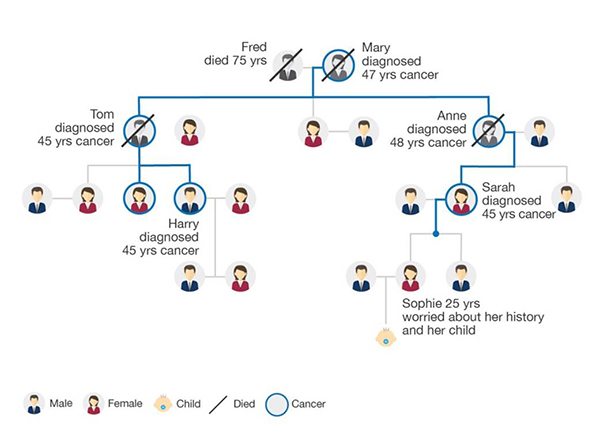
1. Patients with family members who have died from cancer
2. Patients whose annual health check detected no abnormalities, but are experiencing signs of chronic fatigue, weight loss, flatulence, indigestion, abdominal pain, alternating constipation and chronic diarrhea, bloody or tarry stools, difficulty urinating or blood in urine, yellow or bloody discharge from the nipples, enlarged armpit lymph nodes, new growths or enlargement of black-colored lumps or nodules similar in appearance to a mole or other signs or symptoms.
3. Patients in high-cancer risk environments, such as, people who live or work in or near agricultural areas that use pesticides, areas with heavy traffic or various types of industrial factories, or those with lifestyle-related cancer risk factors, including chronic stress; smoking; intense exposure to the sun; frequent consumption of roasted, fried or grilled, preserved, partially cooked or raw foods; and regular consumption of processed meat products, such as sausages, ham and bacon.
How is Preliminary Risk Assessment Carried Out?

Have you ever wondered what the chances are that you have inherited cancer genes from your family?
- More than 2 close relatives—parents, siblings, direct blood relatives—on the same side of your family (either your father or your mother’s relatives) have passed away from cancer.
- Those relatives have had the same type of cancer, or different types of cancers that can be caused by the same gene fault.
- Those relatives passed away from cancer at a relatively young age—below the age of 50.
- One of your relatives has had a gene fault found by genetic testing.
Generally speaking, cancer is most common in people over the age of 60. If it is found at a young age, it could likely be due to inherited cancer-causing genes.



